

One of my favourite ways to relax is making time to go out and walk. The exposure to nature and the elements refreshes me and boosts me with energy making me ready to handle my job, it's also quality time that we get to spend as a family.
We discovered the beautiful Black forest in the summer of 2015. We planned a short stay in Sankt Peter for two reasons. The first reason was to have an intermediate stop on our journey to Switzerland, which was the main destination of the holiday that summer. The second reason was to get ourselves acclimatised to the difference in altitude before arriving in Switzerland, in order to be able to start walking at heights of 1800+ meters.
Since then, it’s become a bit of a tradition to have a short break in the autumn holidays too, and drive across the border into Germany to walk in the Black forest for a few days.
Sankt Peter is a municipality in the district of Breisgau-Hochschwarzwald in Baden-Württemberg in Germany. (Hochschwarzwald). The village itself has an elevation of about 700 meters, but it is surrounded by hills with an elevation exceeding 1200 meters. It is a small village with a (slowly growing) population of about 2625 inhabitants.
Sankt Peter has a history going back all the way to the Middle Ages. The Duke Bertold II of Zähringen had the monastery built in 1093, he furnished it with numerous properties in the Black Forest and placed the monastery under the apostolic protection of Pope Urban II. Multiple Dukes of Zähringer were buried in the family crypt in St. Peter. The Zähringer family, however, died out in the 13th century. After the Zähringers, the counts of Freiburg exercised rule over St. Peter who eventually pledged it to the Habsburgs. In the 18th century, the monastery complex flourished once again.
After the medieval buildings had almost completely burned down four times throughout history, the monastery complex was rebuilt in the Baroque style. The architect of the monastery which is preserved today was Peter Thumb. The buildings and furnishings, which are still preserved from the Baroque period, are among the most beautiful in the entire southern Black Forest. The Rococo library in the monastery complex in particular attracts numerous visitors from all over the world. Due to secularization in 1806, the monastery in St. Peter was dissolved and the Grand Duchy of Baden took over the town and its monastery buildings.

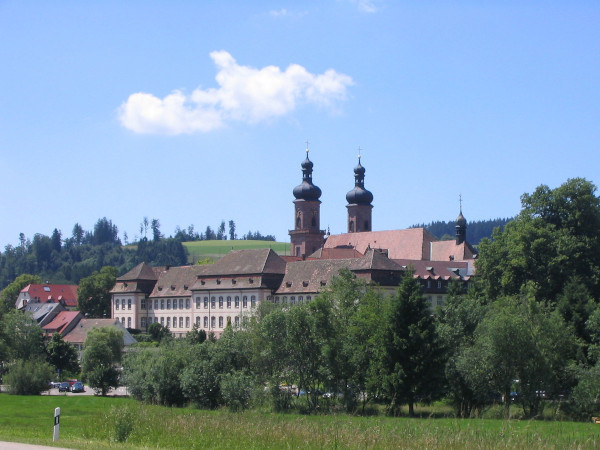
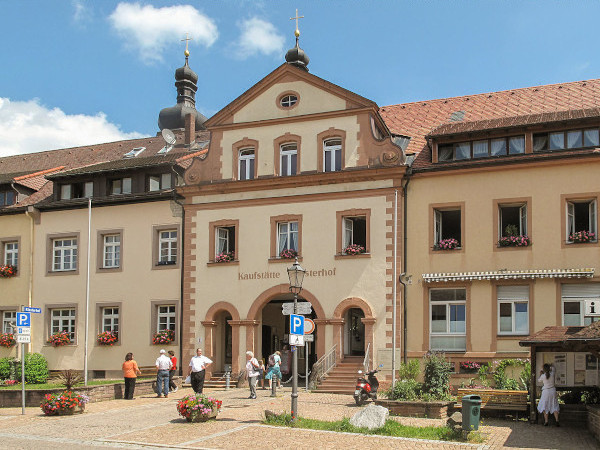
The first walk we always do is to follow a path known as the pilgrimage path that takes us from the centre of the town to the picturesque location of our hotel higher up away from the village. In total the walk is about 7km with a total ascent of around 225m (walking up and down a few times), it is the ideal way to stretch the legs after the six hour drive from home.
Normally we arrive too early to check in into the hotel, because we plan to arrive before lunch time. This is why we park the car in the village centre of Sankt peter and complete the walk going up to the hotel, check in in the hotel, and then return back down to the car.
Before we start, we like to visit the village square and take a look at the impressive baroque style Abbey with its two 'onion' towers standing in the monastery yard. There is a public toilet located there. After a quick visit we are ready to start our walk.
The walk starts through the village streets, there are a few shops and restaurants, a baker, a small playground and a café nearby the main bus stop. All the walks in this area are clearly marked with arrows. The names of the locations on the arrows correspond perfectly with the marked points on the ordinance survey map of the area, making it easy to plan walks beforehand. All that needs to be done is to write down the various locations in the correct order and follow these on the arrows.
When walking the streets of the village, there is a mix of different styles of houses to see and from time to time we come across a plaque with historical facts. These plaques are there for a Historical Village Tour, which explains the background of historically important buildings in Sankt Peter. This historical tour is still on our list of things to do during one of our future visits.
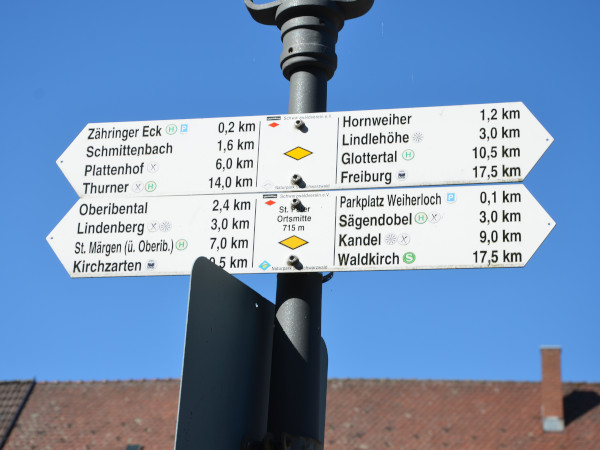
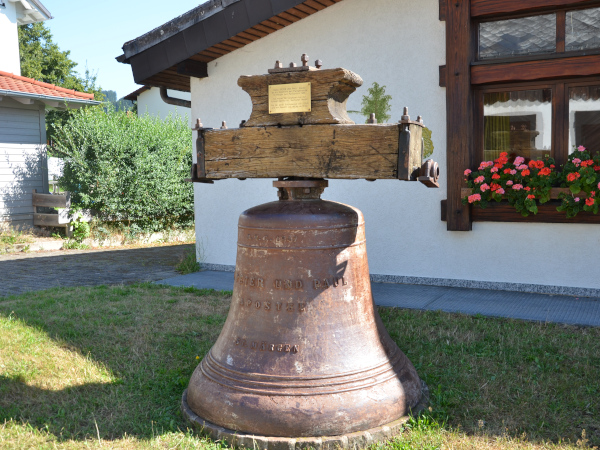
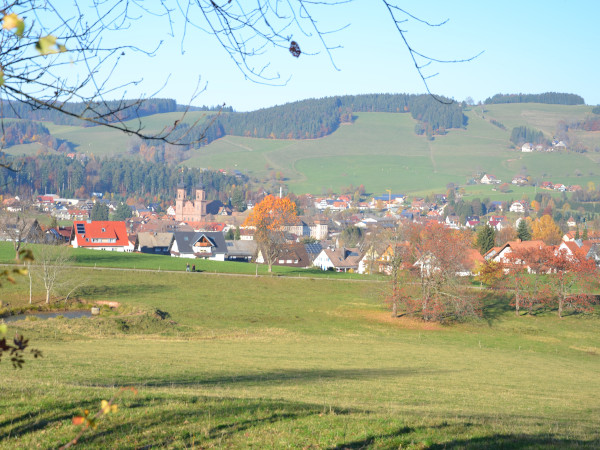
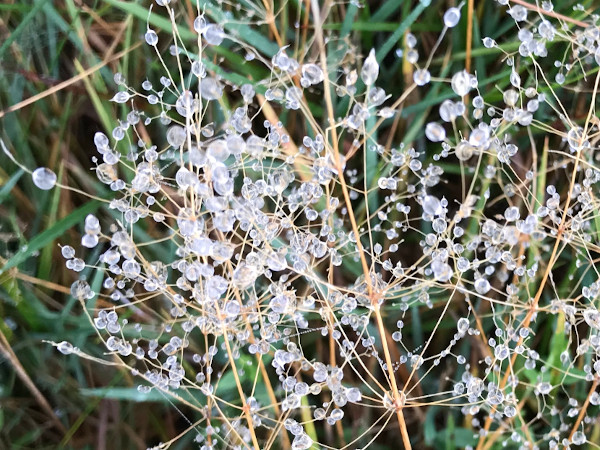
Every time we do this walk, we sit down and take our lunch that we brought from home on the same bench. The view from this bench is amazing. It oversees the Glottertal (the valley in which Sankt Peter is situated) all the way to Sankt Märgen (the next village) and beyond. The view of Sankt Peter is gorgeous from this spot.
The path takes us through a farm called Eckpeterhof. This is a farm with facilities to rent accommodation for holiday makers. Eckpeterhof has a history dating back from 1728.
Around the year 1728 an agreement was reached between Hans Albrecht, the farmer of the former highest court in the Ibental, the Pretschenhof (burned down on May 8th, 1836), and his son-in-law Christian Pfister. This involved the construction of a building on the Pretschenhof grounds. The house then built in 1728 (today's Eckpeterhof) probably served as the Berghäusle (mountain house) of the Pretschenhof for a few years, but became independent in 1756. That year, Peter Saum, who comes from Kreuzhof, bought what was known as the "Pretscheneck" at that time, with its house, fields, meadows and forest, and had to pay an additional fee of 10 guilders for its release from St. Peter's reign.
In connection with the first independent owner, Peter Saum, the name "Eckpeter" also appears for the first time.
Former court names are the names "Pretscheneck" or "Ibentäler Eck", where the word "Eck" denotes a mountain ridge or foothills of a ridge. Seen from the lower valley, the farm lies on a ridge, which is where this part of the name is derived from.
The courtyard building was destroyed by fire in 1871 and 1932 and rebuilt each time. The Eckpeterhof belonged to the municipality of Unteribental until 1977, since then the municipality of St. Peter is the owner.
The farm has been run as a side operation since 1997. In 2002, the courtyard was expanded to include a Black Forest house built in the traditional wooden frame construction, in which there are two holiday apartments.
There are some suckler cows, calves, young cattle, pigs, sheep, chickens and, as a special feature, a small herd of alpaca. There are also cats that are essential for a farm, as well as a farm dog and rabbits. There is a lot to explore and marvel at, especially for young children.
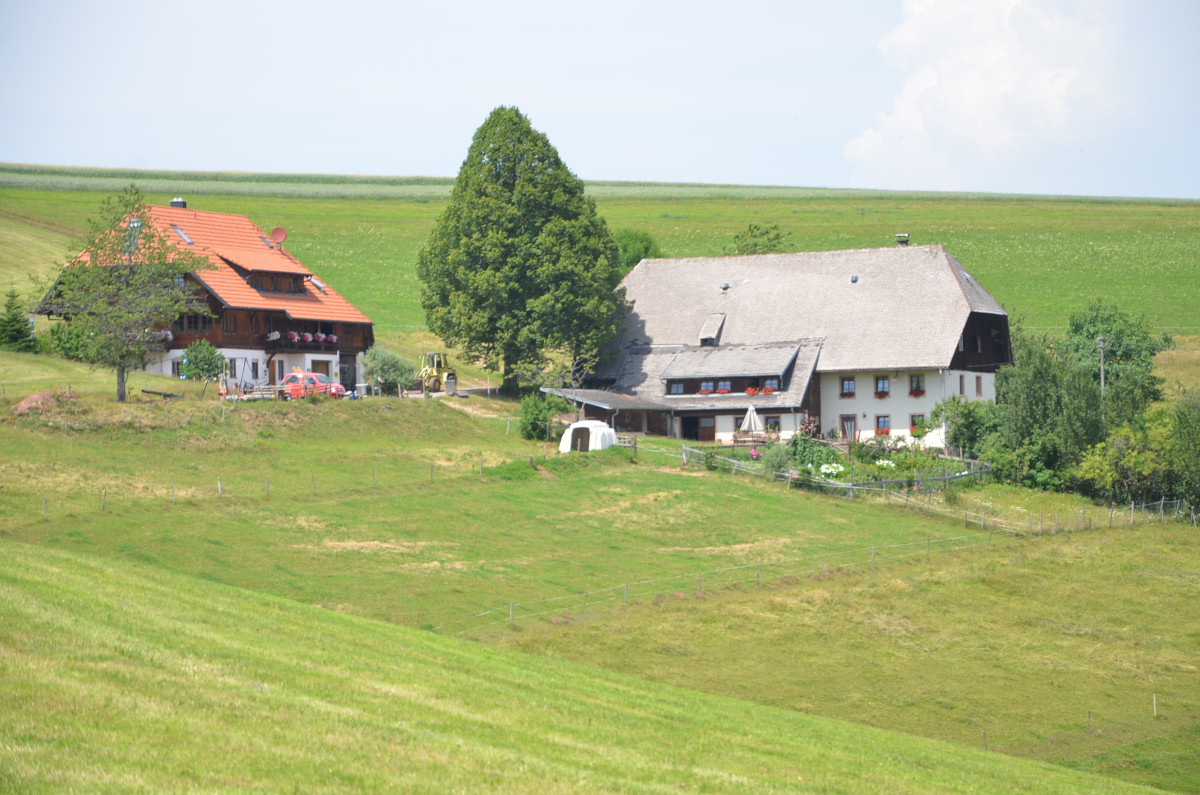
The path eventually leads us into the forest. As we walk deeper into the forest, we come across the Wichtelweg, this is a 1,5km path. We continue on this path with its enchanted sphere, there is lots to discover. Tiny figurines of gnomes and their homes were placed around some of the tree stumps, a mysterious tiny painted wooden blue door inviting you in to a new world all making the walk all the more enjoyable.
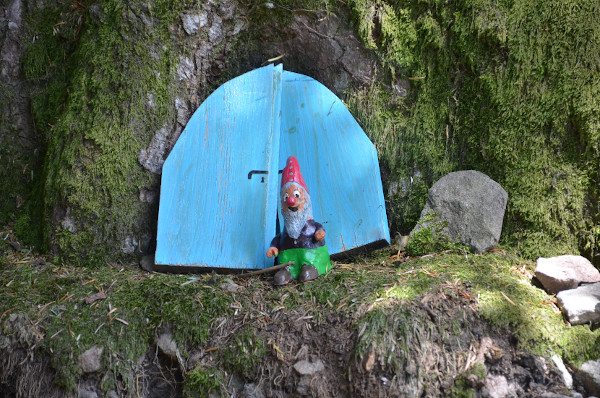
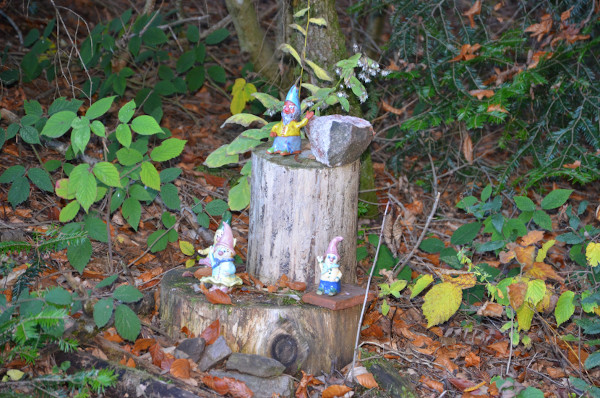

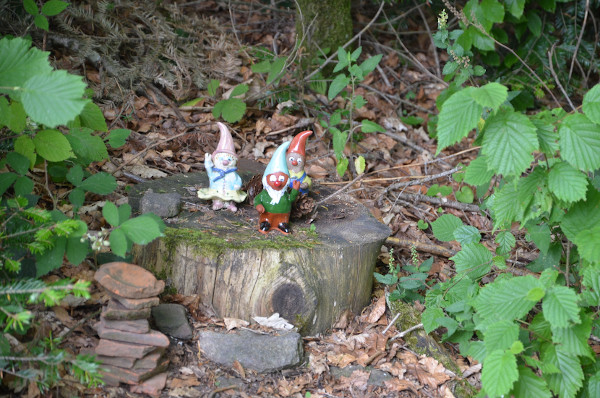
Once out of the forest the road leads us towards the hotel we normally stay in. The hotel is called Haus Maria Lindenberg. We stumbled across this hotel online when we planned our first visit back in 2015. The views from here are amazing, there is a viewing plateau by the chapel where you can spend a long time just admiring the wonderful beauty of nature all around. The hotel itself is run by the Franciscan Sisters, and the accommodation is tip top in order. Arriving at the Haus Maria Lindenberg, we take a short break to check in.
The Lindenberg is officially part of Buchenbach but is perceived as St. Peter's local mountain. It can be reached on foot from Eschbach, Stegen, Unteribental, or St. Peter. Vehicle access is only possible from St. Peter. The Lindenberg peak, the so-called "Hochgericht"(high court), offers beautiful views of the Feldberg, the Kandel, and St. Märgen-Thurner all the way to the Schauinsland and the Vosges. And the viewing plateau surrounding the statue of the Virgin Mary by the chapel provides a beautiful view of the Iben and Eschbach Valleys, both foothills of the Dreisamtal.
The pilgrimage chapel on the Lindenberg looks back on more than 500 years of partly sorrowful history. It owes its construction to two farmers from Unteribental. They built the chapel in honour of the Virgin Mary, who comforted and helped them in times of need. It is located on the hill by the linden tree. Initially, it was made out of wood, later out of stone. The Lindenberg quickly became a lively pilgrimage centre.
Benedictine monks from St. Peter’s Abbey held the church services. Worshippers from Dreisamtal and Glottertal went on long marches, praying and singing as they walked, in order to pay tribute to the Virgin Mary. After the pilgrimage chapel was rebuilt and enlarged at the instigation of Abbot Philipp Jacob Steyrer from St. Peter in the middle of the 18th century, construction was interrupted by Emperor Francis Joseph II from Vienna in 1787.
He was known to oppose pilgrimage, considering it a waste of time and a superstitious practice. Construction materials and artistic objects, amongst them the famous Pilgrim’s Madonna, were taken to Eschbach where a new parish church was built.
However, despite all bureaucratic obstacles, reconstruction being abandoned and prevented, and despite the dispossession of century-old monasteries (such as St. Peter’s Abbey in 1806), the pilgrimage chapel was rebuilt with the energetic help of generous worshippers from all around the Lindenberg. Since 1849, church services have been held here.

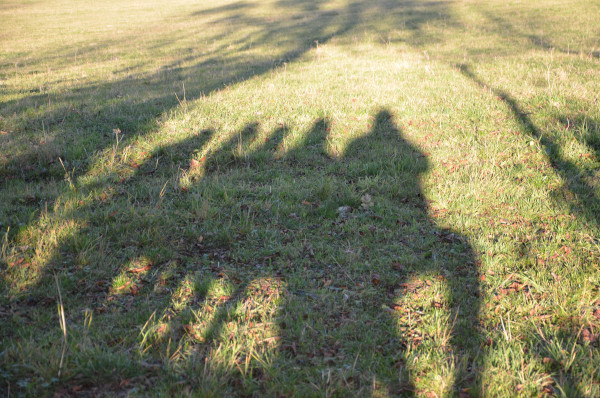
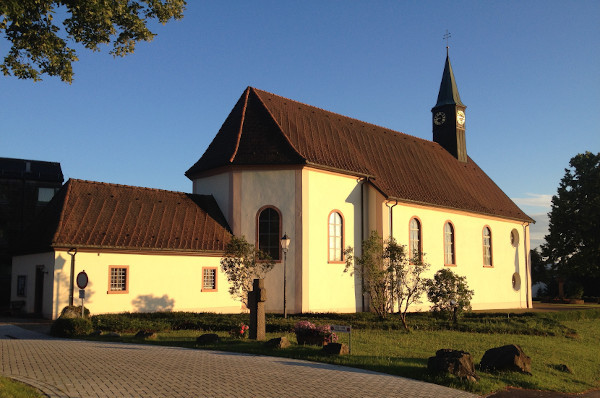
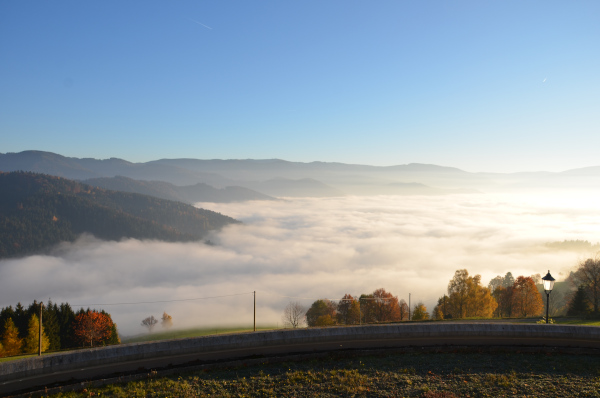
After admiring the beautiful scenery around us, we make our way back down to the village. We walk back to the opening towards the forest again, this time, however, instead of going through the forest the path takes us uphill again, this time to reach the highest point of the walk, which 814m above sea level.
This part of the path is also walked by the numerous pilgrims visiting Maria Lindenberg, because of the Stations of the Cross. Indeed, all 14 stations representing successive incidents during Jesus' passage from Pilate's house to his crucifixion at Calvary are displayed along this path. Walking there, we keep the kids quiet, not to disturb the pilgrims.
From there onwards, the path leads us beck to Zähringer Eck, the parking lot where we park our car. Zähringer Eck is also the most important bus stop in Sankt Peter.
We use an app called Endomondo to track our walks and hikes. The picture beneath is a screenshot of the pilgrimage walk.
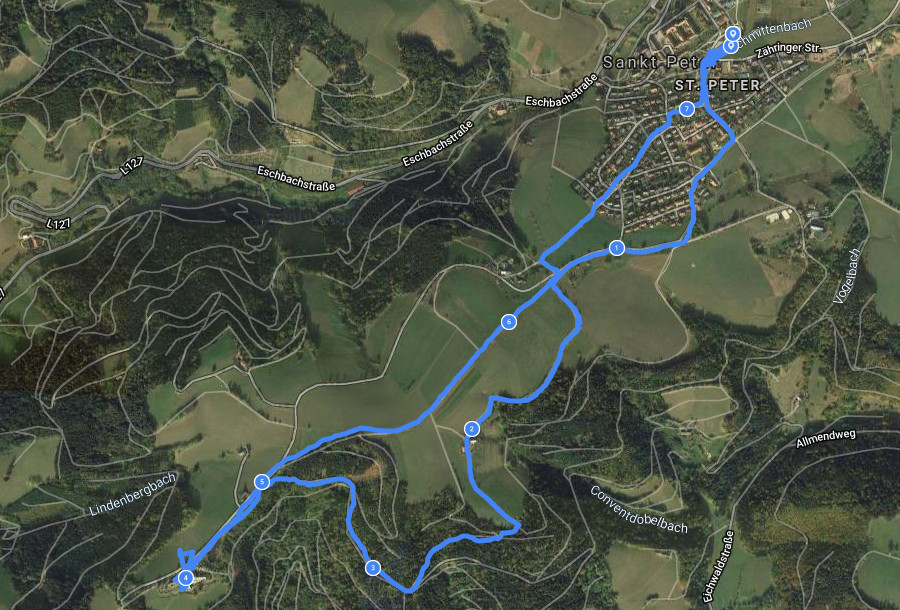
That's it! I hope you enjoyed reading this blogpost. Feel free to contact me in the case of comments and/or questions.
December 12th, 2019 by Tom Snauwaert.
We had to look up some information about Sankt Peter, Eckpeterhof and Haus Maria Lindenberg, to add some historical value to this blog. We've found the information on:
Most of the pictures (except one or two that were taken from the websites mentioned above) were taken with a Nikon D7000 camera.